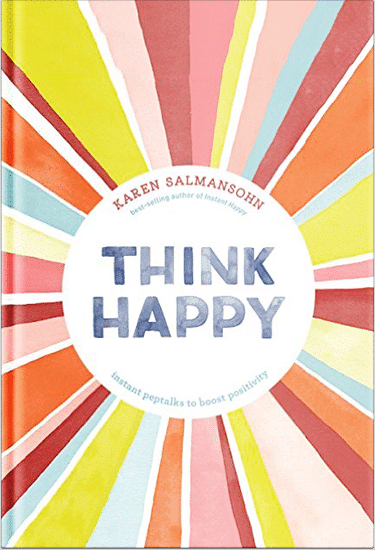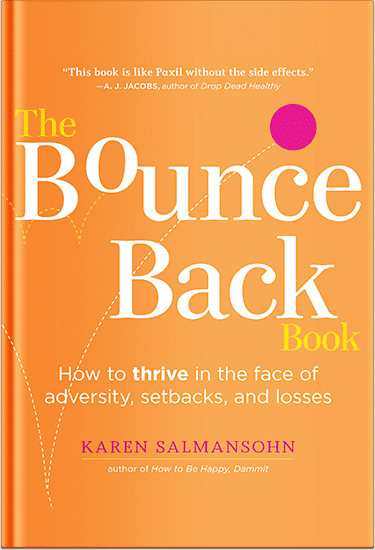 Life can be full of challenges, and for many, these challenges bring worry. It’s normal to feel anxious now and then. But what happens when the worry won’t go away?
Life can be full of challenges, and for many, these challenges bring worry. It’s normal to feel anxious now and then. But what happens when the worry won’t go away?
Chronic worry or anxiety can affect your well-being. It keeps you from living your best life.
I’m sharing this guide on breaking free from chronic worry because I’m a bestselling author on anxiety and leading anxiety therapy coach – with about 2 million books sold globally.
Plus I founded the therapist recommended self-paced online program called The Anxiety Cure Course.
Below are some tips on how to break free from chronic worry to lead a more relaxed and happy life.
Understanding Chronic Worry
Chronic worry is different from normal worry. When we worry about everyday things, it’s often temporary. Chronic worry, on the other hand, feels like it takes over. It is persistent and often occurs without a clear reason.
People who suffer from chronic worry may find it hard to focus on tasks. They may feel tense or on edge. Often, this kind of worry comes with physical symptoms. These might include headaches, stomach problems, or a racing heart.
Many people think worry is a part of their personality and something they can’t change. But this is not true. With the right strategies, it’s possible to manage those pesky intrusive thoughts. The key is to understand the process and take small steps towards change.
Recognize the Worry
The first step in breaking free from chronic worry is to recognize it. Often, people are so used to feeling worried that they don’t notice it anymore. It helps to take a step back and observe your thoughts.
Notice when you start to worry. What are the triggers? Is it a specific topic, like family or work?
Keeping a worry diary can help. Write down what you were thinking about each time you felt worried. Over time, you might see patterns. This can give you a clearer picture of your triggers. Once you recognize these, you can start to address them.
Practice Mindfulness
Mindfulness is a powerful tool against chronic worry. It means being present in the moment and not letting your mind get caught up in negative thoughts. Mindfulness can help calm your mind and reduce stress.
Start with simple practices. For example, take a few minutes each day to focus on your breathing. Sit in a quiet place and notice your breath as it goes in and out.
If your mind starts to wander, gently bring it back to your breath. This can help ground you and keep your thoughts from spiraling out of control.
Another mindfulness practice is to stay aware of your senses. Focus on what you can see, hear, smell, taste, and touch. This keeps your mind anchored in the present and reduces the power of worrying thoughts.
Challenge Negative Thoughts
Chronic worry often comes from negative thinking. You might find yourself imagining the worst-case scenarios. To combat this, it’s important to challenge these thoughts.
Ask yourself if the worry is based on fact or if it’s an assumption. Often, worries are based on fear rather than reality. For example, if you worry about failing a test, ask yourself if there is real evidence that you will fail. Have you failed before? Are you prepared? This helps put things into perspective.
Write down your worries and then list reasons why they might not come true. Looking at the facts can help reduce the power of negative thinking. Over time, you will learn to replace negative thoughts with more positive and realistic ones.
Set Aside Worry Time
It might sound odd, but setting aside a specific time to worry can be helpful. Choose a short period each day to focus on your worries. This could be 15 minutes in the evening. During this time, allow yourself to think about everything that’s bothering you.
Once the time is up, try to let go of your worries for the rest of the day. If you start to worry outside of your designated time, remind yourself that you will deal with it later. This helps to contain your worries and keeps them from taking over your day.
Focus on What You Can Control
Many worries are about things that we cannot control. Focusing on these worries is often unproductive and leads to more anxiety. Instead, try to focus on what you can control.
Make a list of things you can do to improve your situation. For example, if you worry about a big presentation at work, you can prepare by practicing your speech. By taking action, you feel more in control and less anxious.
Take Care of Your Body
Physical health plays a big role in mental health. Taking care of your body can help reduce worry and anxiety. Make sure you get enough sleep, eat a balanced diet, and exercise regularly.
Exercise, in particular, is a great way to reduce stress. It releases endorphins, which are natural mood lifters. Even a short walk can help clear your mind and reduce anxiety.
Avoid caffeine and alcohol, as these can increase anxiety. Drink plenty of water and try to eat regular, balanced meals. Taking care of your physical health can make a big difference in your mental well-being.
Build a Support System
It’s important to have people you can talk to. Having a support system can make a big difference in reducing worry. Share your thoughts and feelings with friends or family. Sometimes, just talking about your worries can make them seem less daunting.
If you don’t feel comfortable talking to someone you know, consider joining a support group. There are many groups for people dealing with anxiety. Sharing your experiences with others who understand can be very comforting.
Seek Professional Help
If your chronic worry is severe, it might be time to seek professional help. A therapist can help you understand the root of your anxiety and teach you effective strategies to manage it. Cognitive-behavioral therapy (CBT) is particularly effective for anxiety. It helps you change negative thought patterns and develop healthier ways of thinking.
Don’t hesitate to reach out to reach out for help here . I can provide you with the support and tools you need to overcome chronic worry.
Embracing Peace With Insights From an Anxiety Therapist
Chronic worry can feel overwhelming, but it doesn’t have to control your life. By recognizing your worries, practicing mindfulness, challenging negative thoughts, and focusing on what you can control, you can start to break free from anxiety.
Remember, taking care of your body and building a support system is also important. If needed, seek help from an anxiety therapist and stay patient with yourself. With time and effort, you can reduce your worries and lead a more relaxed and fulfilling life.
Learn Ways To Reduce Anxiety & Overwhelm
Explore my bestselling and therapist recommended audio and video program: The Anxiety Cure Course.
Think happier. Think calmer.
Think about subscribing for free weekly tools here.
No SPAM, ever! Read the Privacy Policy for more information.
One last step!
Please go to your inbox and click the confirmation link we just emailed you so you can start to get your free weekly NotSalmon Happiness Tools! Plus, you’ll immediately receive a chunklette of Karen’s bestselling Bounce Back Book!



 Life can be full of challenges, and for many, these challenges bring worry. It’s normal to feel anxious now and then. But what happens when the worry won’t go away?
Life can be full of challenges, and for many, these challenges bring worry. It’s normal to feel anxious now and then. But what happens when the worry won’t go away?